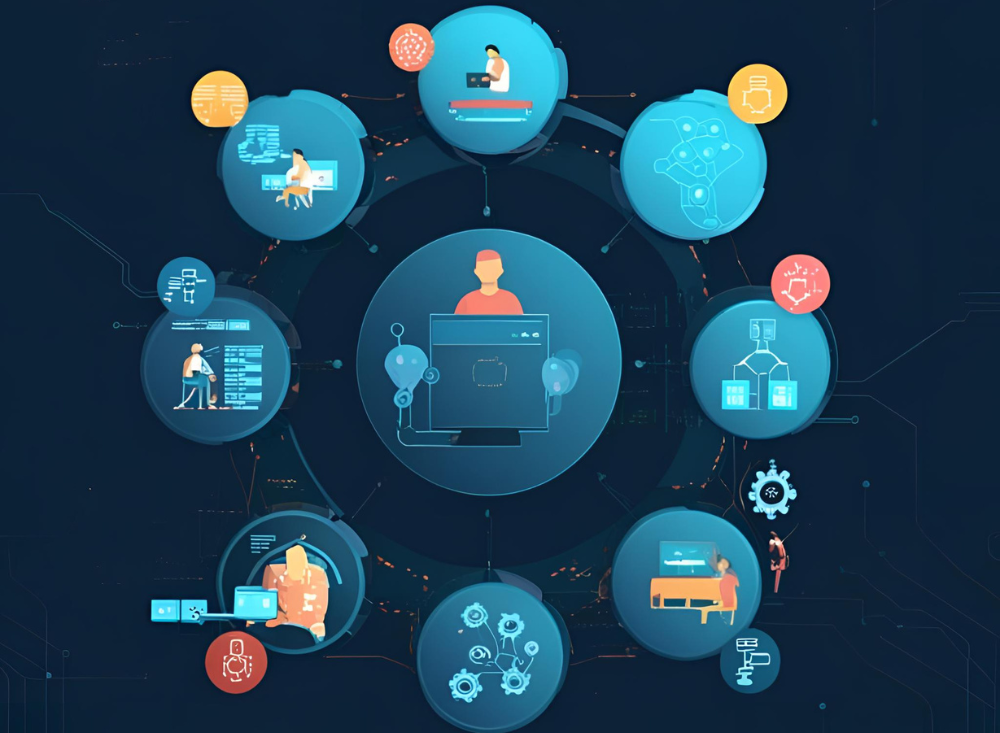
The world of software testing is undergoing a radical transformation. As development cycles accelerate, traditional test automation struggles to keep up with the dynamic nature of modern applications. Enter self-healing test automation, a game-changer driven by artificial intelligence (AI) that is redefining how teams approach testing in 2025.
The Challenge with Traditional Test Automation
Automated tests have long been a staple of software development, helping teams catch bugs faster and ensure code reliability. However, they come with a major drawback — fragility. Even minor UI changes, such as a renamed button or a redesigned layout, can break tests, leading to frequent maintenance efforts. This slows down development and increases costs.
AI-Powered Self-Healing: A New Era in Testing
AI-driven self-healing test automation addresses this issue by making tests adapt to changes automatically. When a UI element is modified, AI can recognize patterns and intelligently update the test script without human intervention. This means fewer false failures, reduced maintenance, and faster feedback loops.
How Self-Healing Works
- Element Identification with AI
AI models analyze multiple attributes of an element (such as labels, CSS properties, and XPath) rather than relying on a single identifier. If an element changes, the system can still locate it based on past characteristics. - Automatic Script Adjustments
When a test fails due to UI modifications, AI evaluates the changes and updates the test scripts accordingly, reducing manual effort. - Predictive Analysis
Advanced AI-driven tools, such as Genqe.ai, can anticipate changes in application behavior and proactively adjust test scripts before failures even occur. - Visual and Functional Validation
AI-based testing tools not only check for broken test cases but also verify visual and functional consistency, ensuring a more robust testing strategy.
Benefits of AI-Powered Self-Healing Testing
- Reduced Maintenance Costs — Teams spend less time fixing broken tests.
- Faster Release Cycles — With automated script healing, developers receive quicker feedback.
- Greater Test Reliability — Tests become more resilient to UI changes.
- Improved Accuracy — AI reduces the chances of false negatives and false positives.
The Future of AI in Test Automation
As AI continues to evolve, we can expect self-healing capabilities to become even more sophisticated. Tools like Genqe.ai are leading the way by integrating machine learning models that can predict and adapt to software changes in real time. In the coming years, we may see AI not only fixing tests but also writing them autonomously, further reducing human effort in quality assurance.
Final Thoughts
The rise of self-healing test automation marks a significant milestone in software testing. With AI-powered tools reducing maintenance burdens and enhancing test stability, organizations can accelerate innovation while maintaining high-quality software. As we step further into 2025, embracing these advancements will be key to staying competitive in the ever-evolving tech landscape.